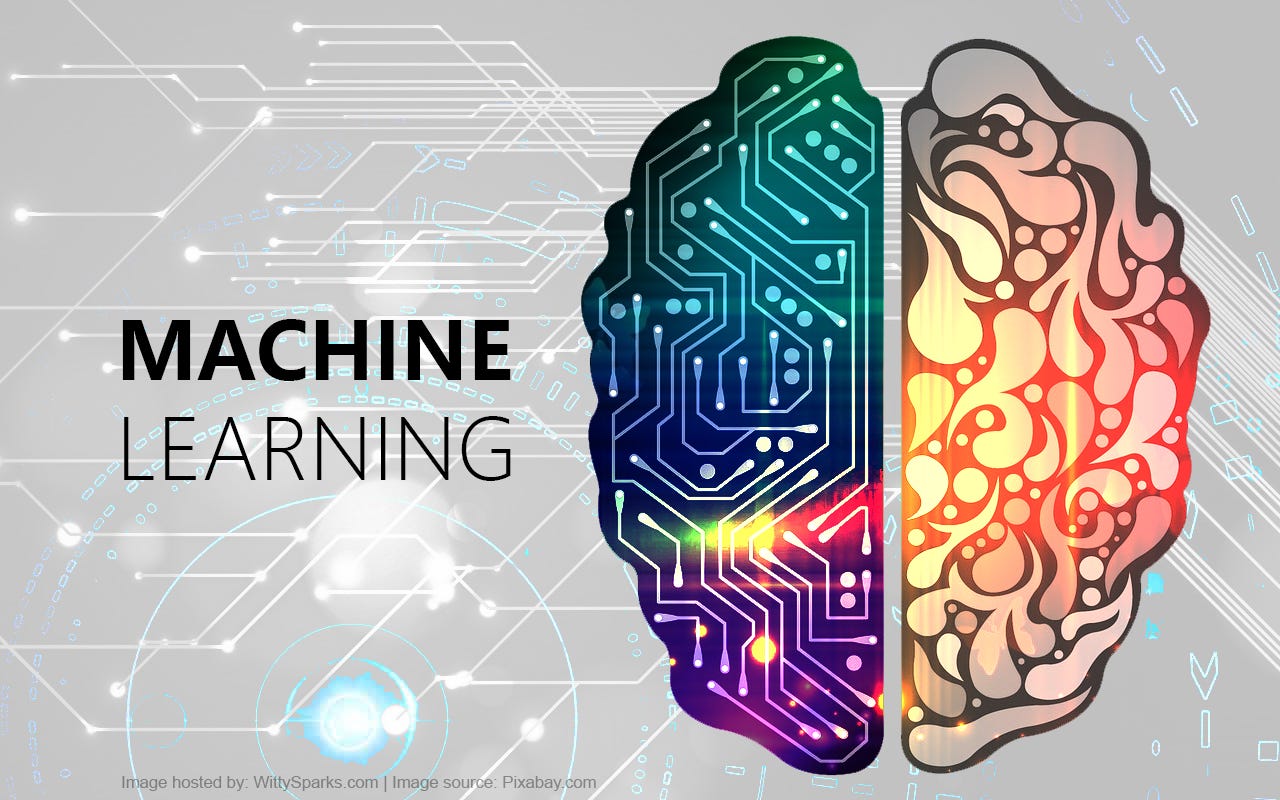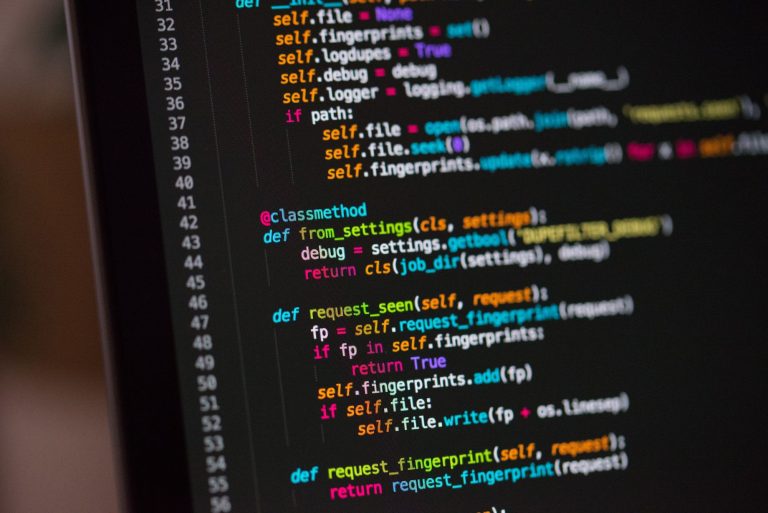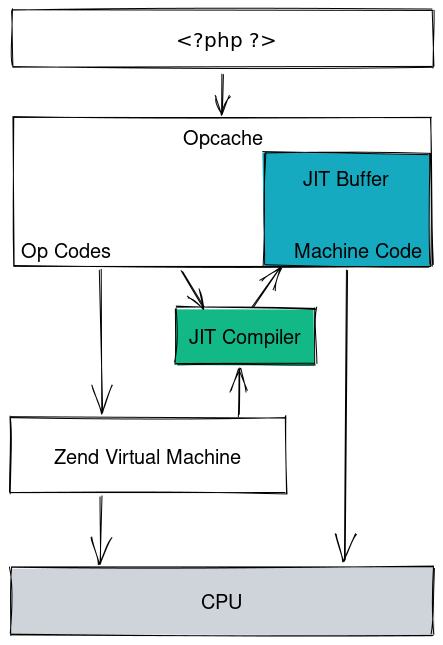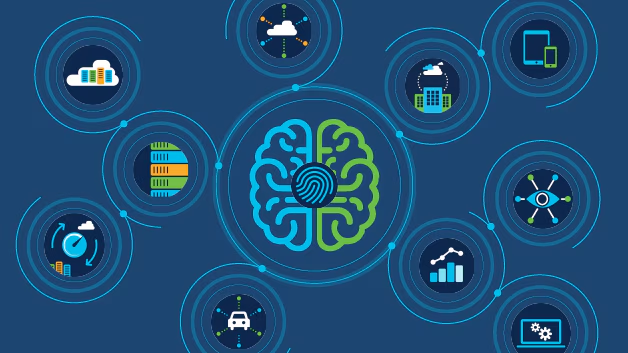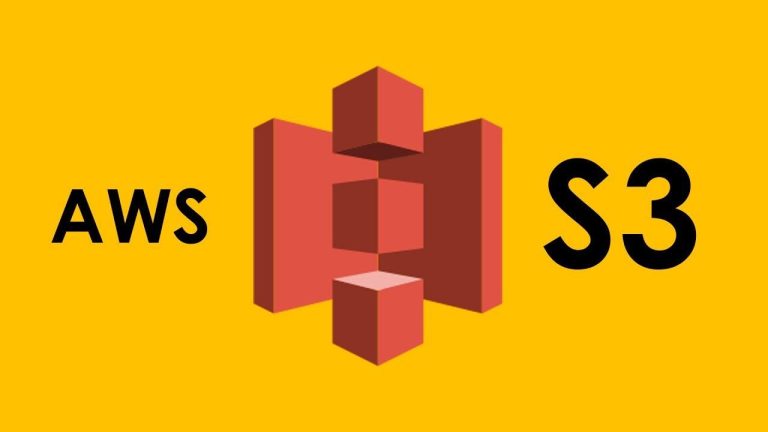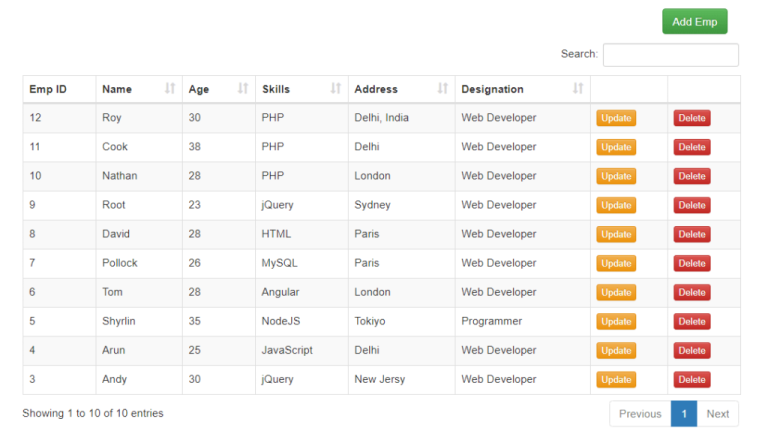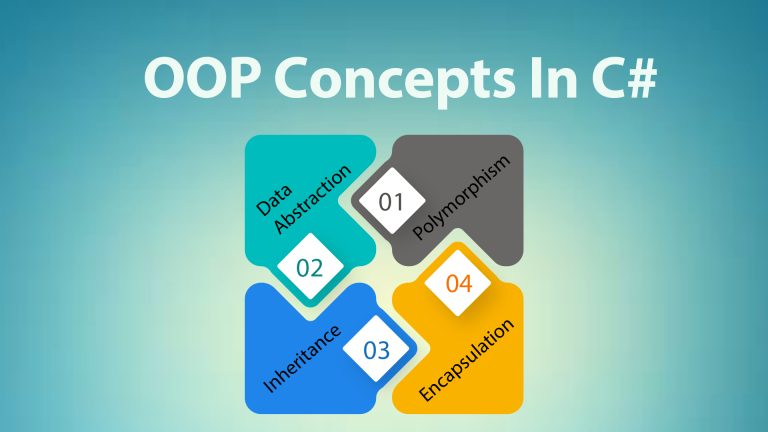Machine Learning (ML) has revolutionized various industries, from healthcare to finance, by enabling computers to learn patterns and make intelligent decisions. In this article, we’ll explore the fundamentals of machine learning with Python, covering key concepts, popular libraries, and providing sample code for hands-on learning.
1. Introduction to Machine Learning:
Machine Learning is a subset of artificial intelligence that focuses on developing algorithms allowing systems to learn from data and make predictions or decisions without explicit programming. There are three main types of machine learning:
- Supervised Learning: The algorithm is trained on a labeled dataset, where the input features are mapped to corresponding output labels.
- Unsupervised Learning: The algorithm explores patterns and relationships within the data without labeled outcomes.
- Reinforcement Learning: The algorithm learns by interacting with an environment, receiving feedback in the form of rewards or penalties.
2. Python Libraries for Machine Learning:
Python offers a rich ecosystem of libraries for machine learning. The most prominent ones include:
- Scikit-learn: A versatile library providing simple and efficient tools for data analysis and modeling.
- TensorFlow and PyTorch: Deep learning frameworks that facilitate building and training neural networks.
- Pandas: A powerful library for data manipulation and analysis.
- Matplotlib and Seaborn: Libraries for data visualization.
3. Basic Machine Learning Workflow:
a. Importing Libraries:
import pandas as pd from sklearn.model_selection import train_test_split from sklearn.linear_model import LinearRegression from sklearn.metrics import mean_squared_error
b. Loading and Preprocessing Data:
# Load dataset (example: housing prices) url = 'https://raw.githubusercontent.com/datasets/housing/master/data/housing.csv' data = pd.read_csv(url) # Preprocess data (handle missing values, encoding, feature scaling, etc.)
c. Splitting Data:
# Separate features and target variable
X = data.drop('median_house_value', axis=1)
y = data['median_house_value']
# Split data into training and testing sets
X_train, X_test, y_train, y_test = train_test_split(X, y, test_size=0.2, random_state=42)d. Choosing and Training a Model:
# Choose a machine learning model (Linear Regression for this example) model = LinearRegression() # Train the model model.fit(X_train, y_train)
e. Making Predictions:
# Make predictions on the test set predictions = model.predict(X_test)
f. Evaluating the Model:
# Evaluate the model (example: using Mean Squared Error)
mse = mean_squared_error(y_test, predictions)
print(f'Mean Squared Error: {mse}')4. Example: Predicting Housing Prices with Linear Regression:
# Import necessary libraries
import pandas as pd
from sklearn.model_selection import train_test_split
from sklearn.linear_model import LinearRegression
from sklearn.metrics import mean_squared_error
# Load dataset
url = 'https://raw.githubusercontent.com/datasets/housing/master/data/housing.csv'
data = pd.read_csv(url)
# Preprocess data
X = data.drop('median_house_value', axis=1)
y = data['median_house_value']
# Split data
X_train, X_test, y_train, y_test = train_test_split(X, y, test_size=0.2, random_state=42)
# Choose and train a model
model = LinearRegression()
model.fit(X_train, y_train)
# Make predictions
predictions = model.predict(X_test)
# Evaluate the model
mse = mean_squared_error(y_test, predictions)
print(f'Mean Squared Error: {mse}')5. Further Steps and Advanced Concepts:
- Feature Engineering: Creating new features or transforming existing ones for better model performance.
- Hyperparameter Tuning: Adjusting model parameters to optimize performance.
- Cross-Validation: Assessing model performance across multiple train-test splits.
- Ensemble Learning: Combining multiple models for improved predictions.
- Deep Learning: Exploring neural networks and deep learning architectures for complex tasks.
6. Conclusion:
Python’s rich ecosystem of machine learning libraries makes it an ideal choice for developers and data scientists entering the world of machine learning. This article covered the basics of a machine learning workflow with Python, and the provided sample code demonstrated how to predict housing prices using a simple linear regression model. As you delve deeper into machine learning, explore diverse datasets, experiment with various algorithms, and continuously refine your models to gain proficiency in this dynamic and impactful field.

